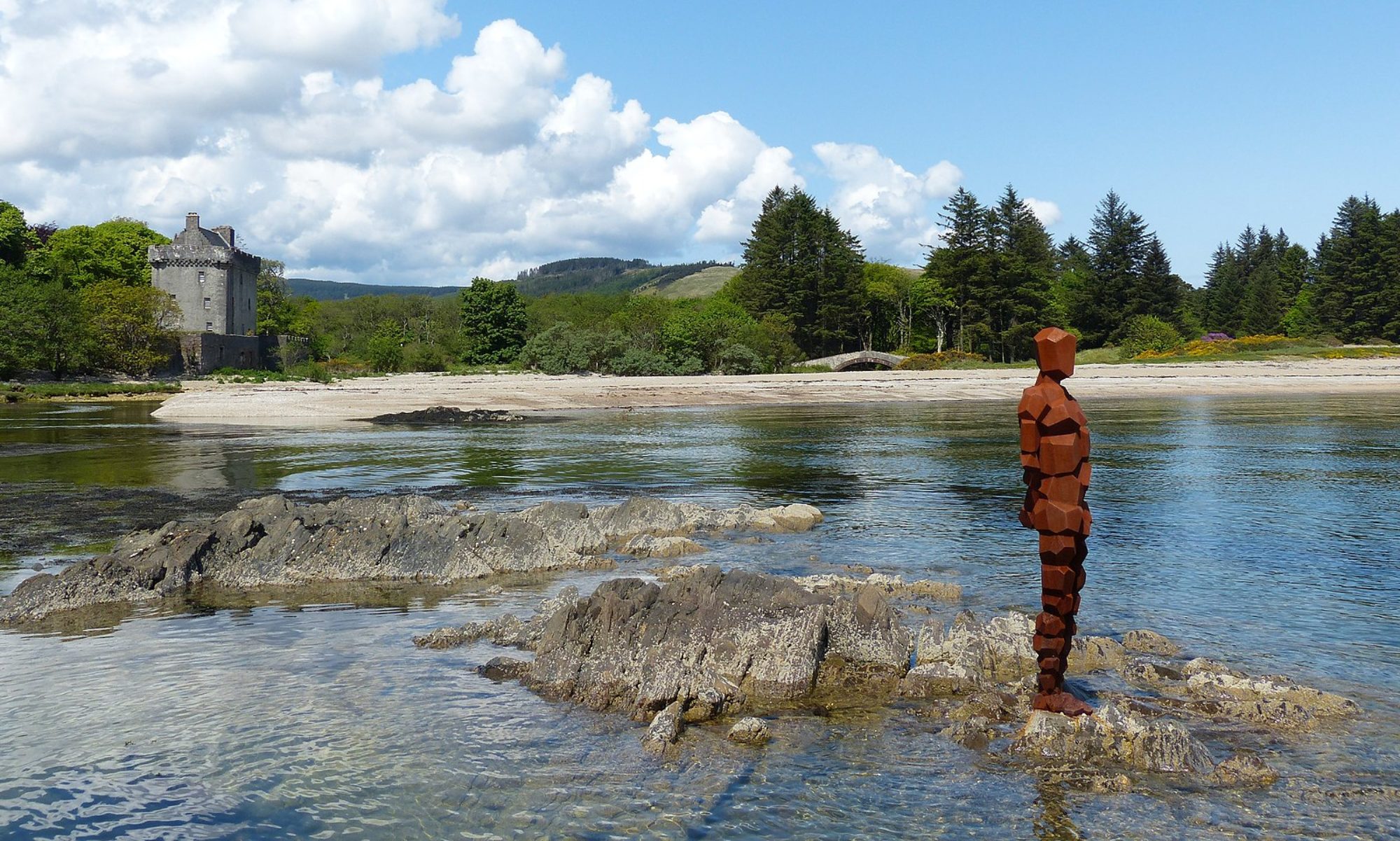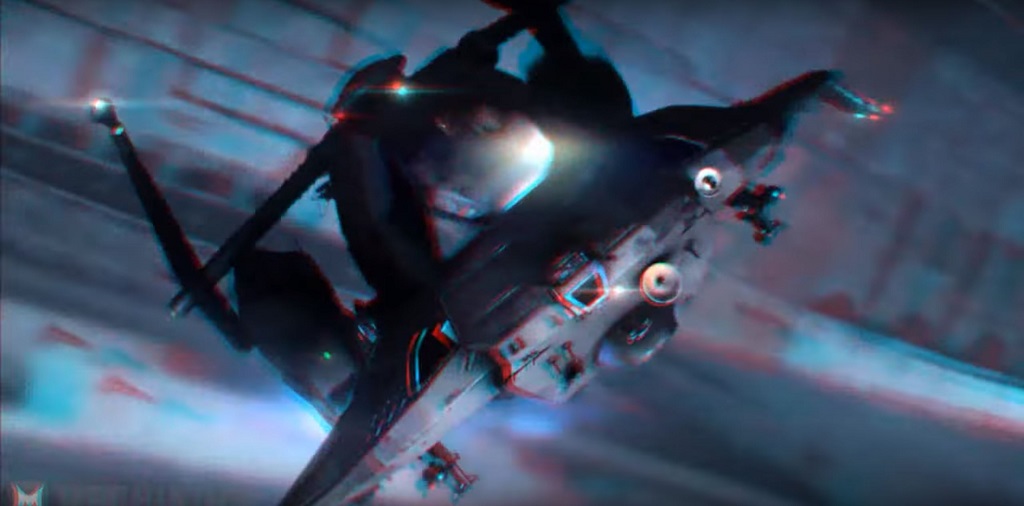The Nighthawks setting is inspired by the Battlestar Galactica reboot, with enough changes that it doesn’t matter if you’ve seen the series. In particular, The Enemy are not Cylons. There are three games planned – same setting, but gameplay may be quite different between them.
They form a loose trilogy – 33 is a sequel to both Ragnar and Scylla.
- The Run for Ragnar: a rag-tag collection of civilian pilots and military dropouts are gathered together to gather the last human survivors and take them to a rendezvous on the edge of the Twelve Colonies. A game about survival under pressure. (First ran at Lucky Consequences 2018)
- Scylla: Loosely based on the brief scene in the TV movie Razor, in which the battlestar Pegasus strips the freighter Scylla of all her resources and leave the crew to die. A game about what is important when you’re facing the end. (Was planned for The Smoke, 2021 – currently postponed)
- 33: Loosely based on the first episode of the BSG reboot – a surviving battleship is relentless attacked by The Enemy, every 33 minutes. (It may be possible to play Ragnar or Scylla characters at 33). (First ran at at Consequences 2021)
The Colonies
As the stories go, the Twelve Colonies were settled after an evacuation from an inhabited world. Four stars in close proximity support twelve habitable world, each holding a colony that originated with one of the twelve colony ships. Each colony is quite different: Gemini, Virgo and Leo have collectively held power for a long time, but the illegal Nine Worlds Alliance was struggling to change that balance of power.
The colonial military are patriotic and protect the colonies from threats – the mysterious Enemy, who raid the edges of the Twelve Colonies from beyond; pirates – who raid ships and settlements; and political groups, such as the Nine Worlds Alliance, who seek to violently overthrow the current political system
Equality/Diversity
This game explores social tensions between different groups, using “civilian vs military”, and “colony vs colony” to represent the prejudices that exist.
Characters are written to be of any gender, race, and sexuality as the player chooses – they are identified in the brief by surname, call-sign, or nickname. Discrimination, other than via the in-game metaphors listed above, has no place in the game – avoid gendered, sexuality-based, racist, religiously intolerant, and ableist insults in play. There is no sexual abuse or drug abuse written into the game, and players are requested not to add those themes in play. Romantic backstory is not written into the game, but players are free to determine details of how their characters connected, if they are linked in briefs.
The Attack
No-one seems to know how The Enemy gained such a technological advantage so quickly. In a generation, they’ve gone from outcasts nibbling at the edges of known space, to an overwhelming force. No-one saw it coming.
Jump drives require massive capital ships, and won’t work inside planetary orbits – but small Enemy Raiders jumped right into the atmosphere of colony worlds, detonating anti-matter bombs over cities and military installations. They jumped into the middle of Colony fleets, detonating bombs there that crippled resistance.
Then they landed troops on the Colony planets – mechanized armored soldiers, all but immune to our weapons.
Humanity is dying. The Enemy has won.
Escape?
Survivors are fleeing the shattered colonies in whatever ships they can scrounge together, while Enemy ships hunt them. Each game tells a different part of this story.

